WILLIAM ACHEFF
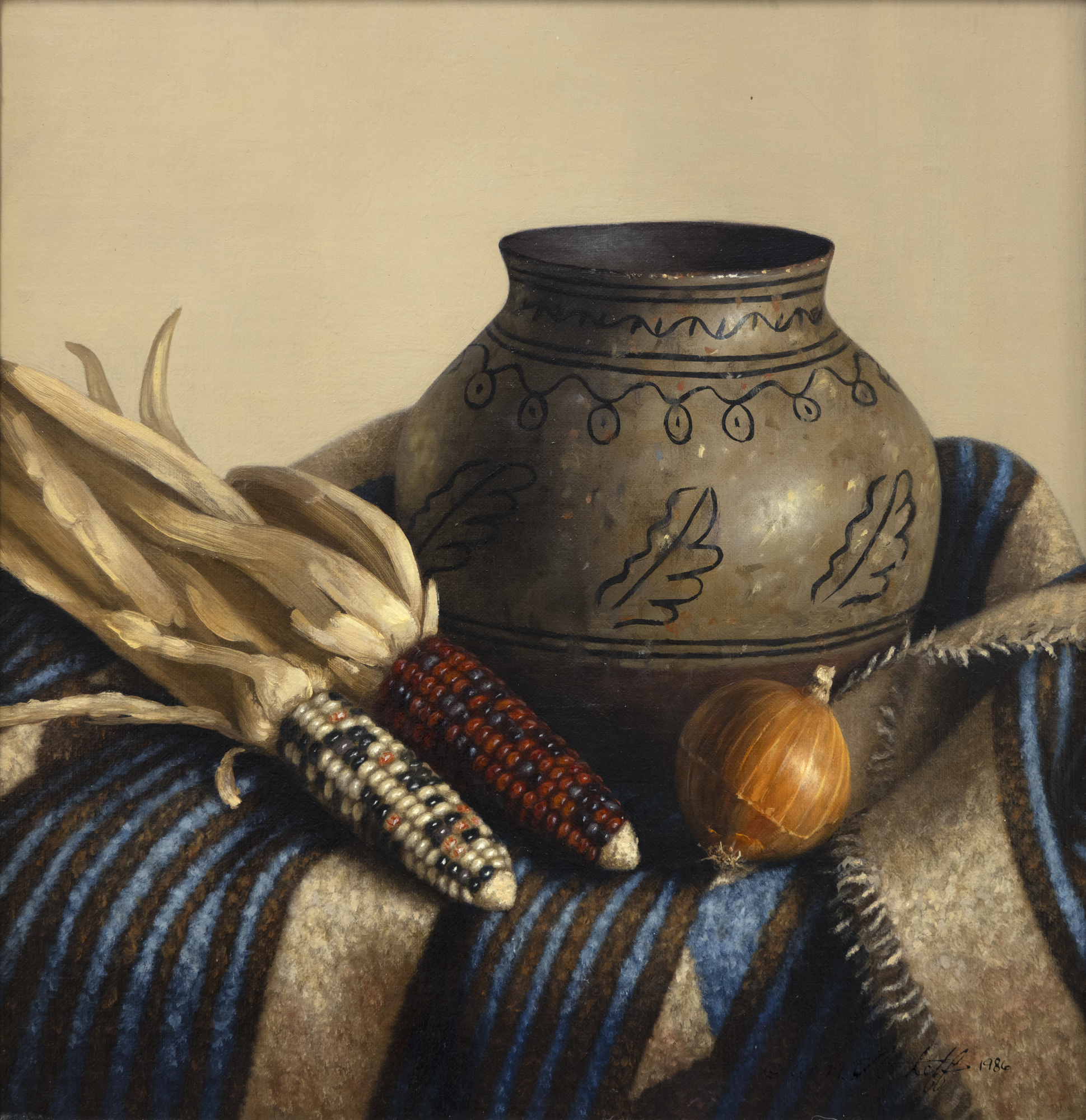
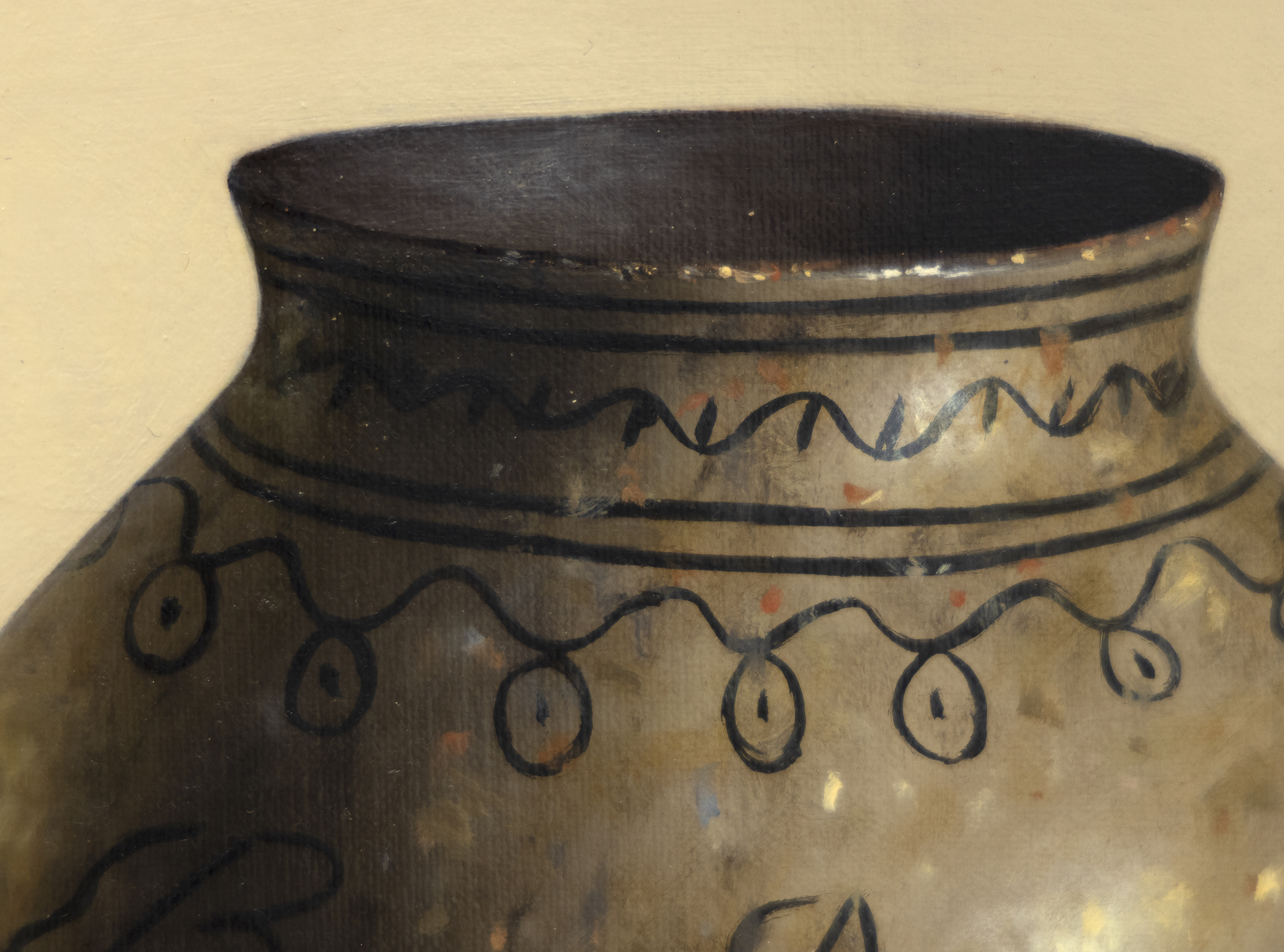
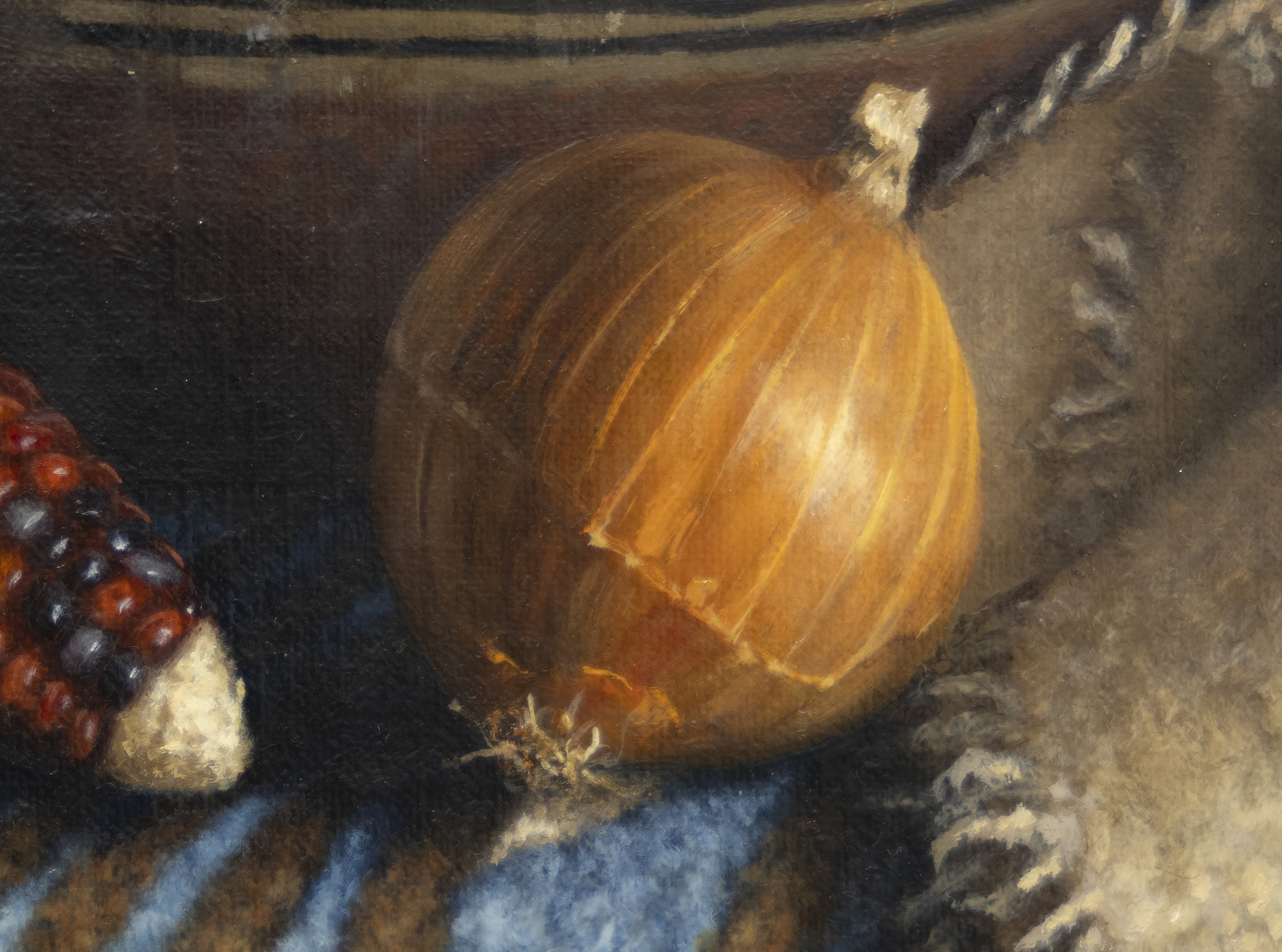
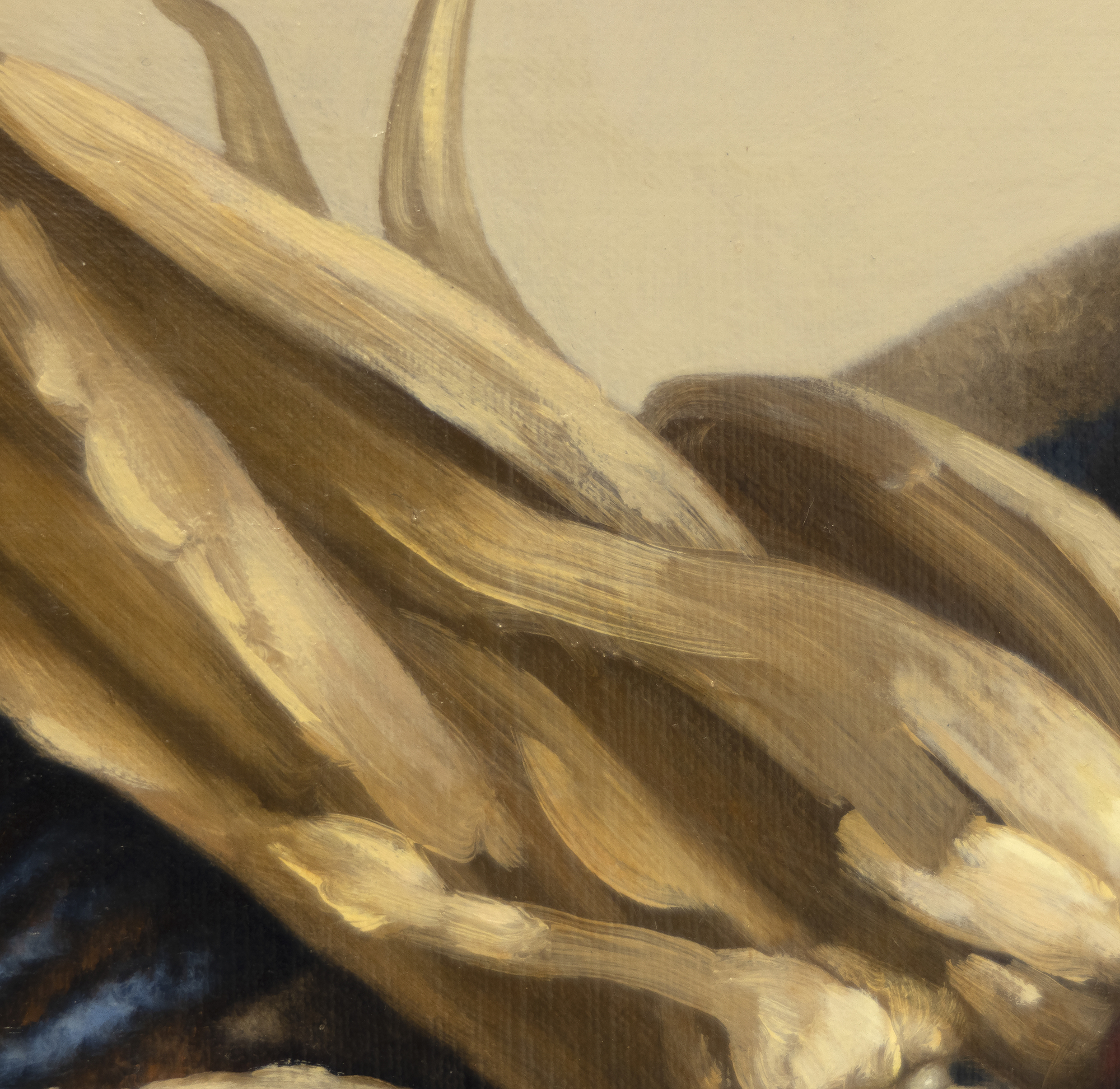
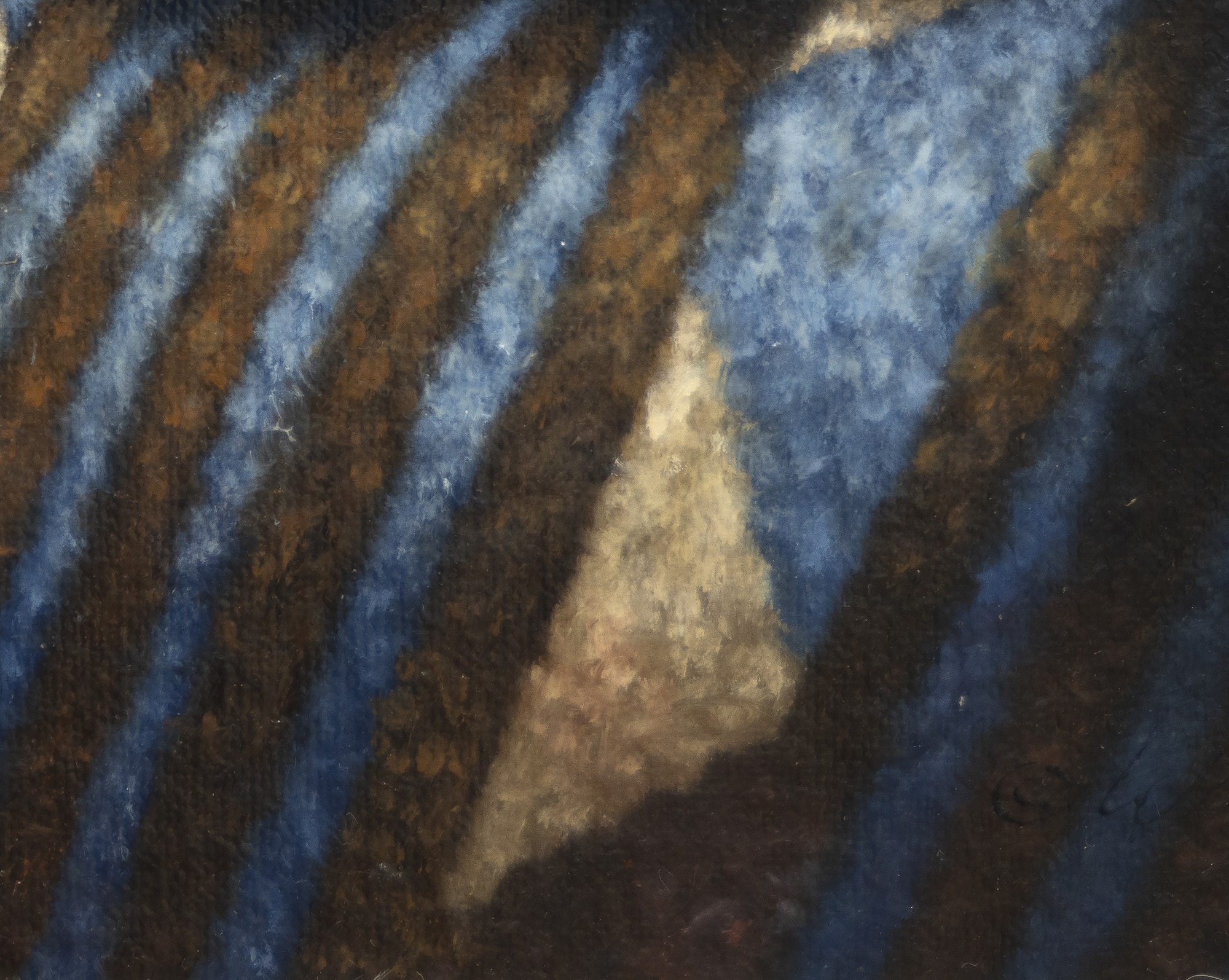
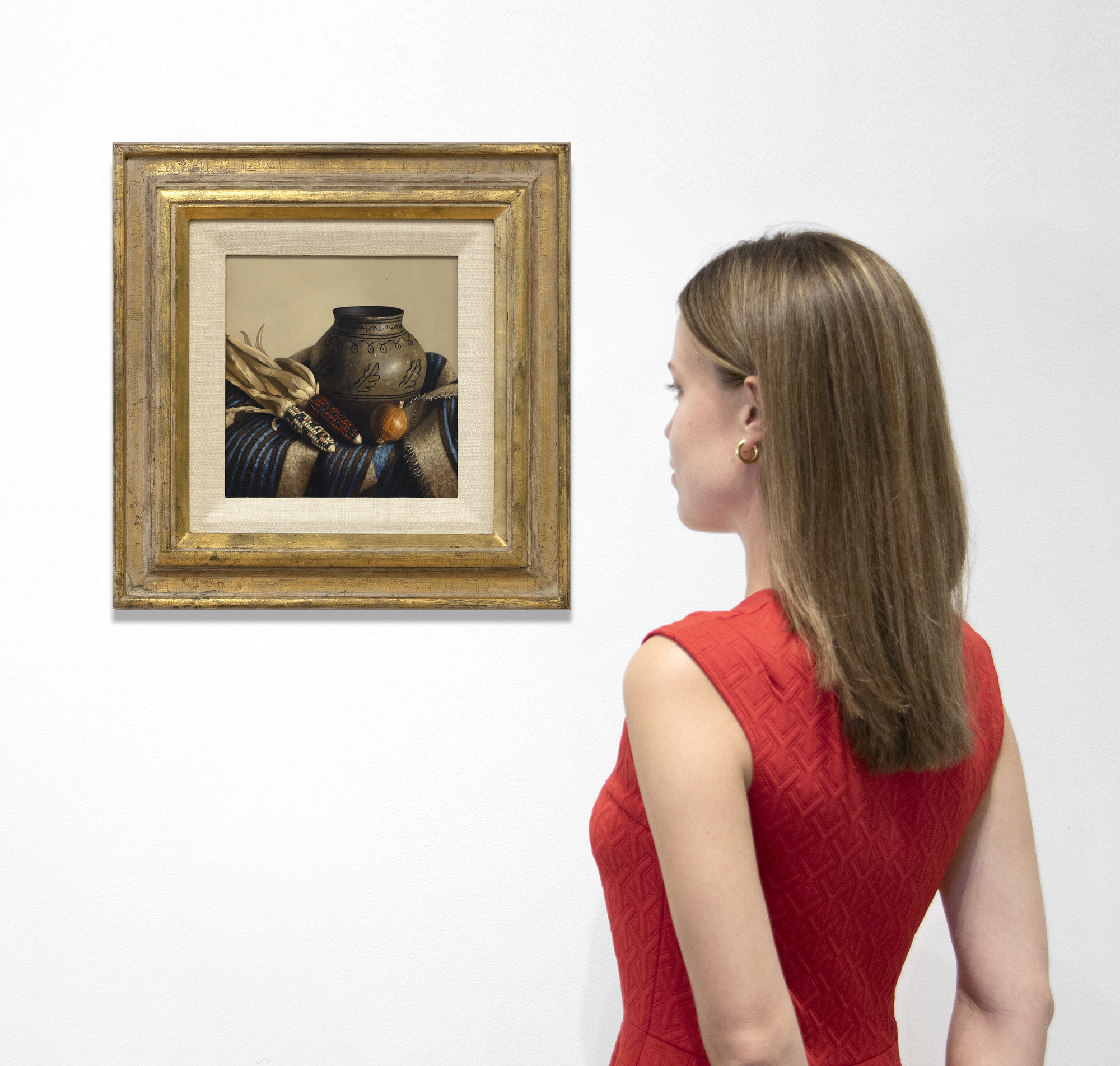
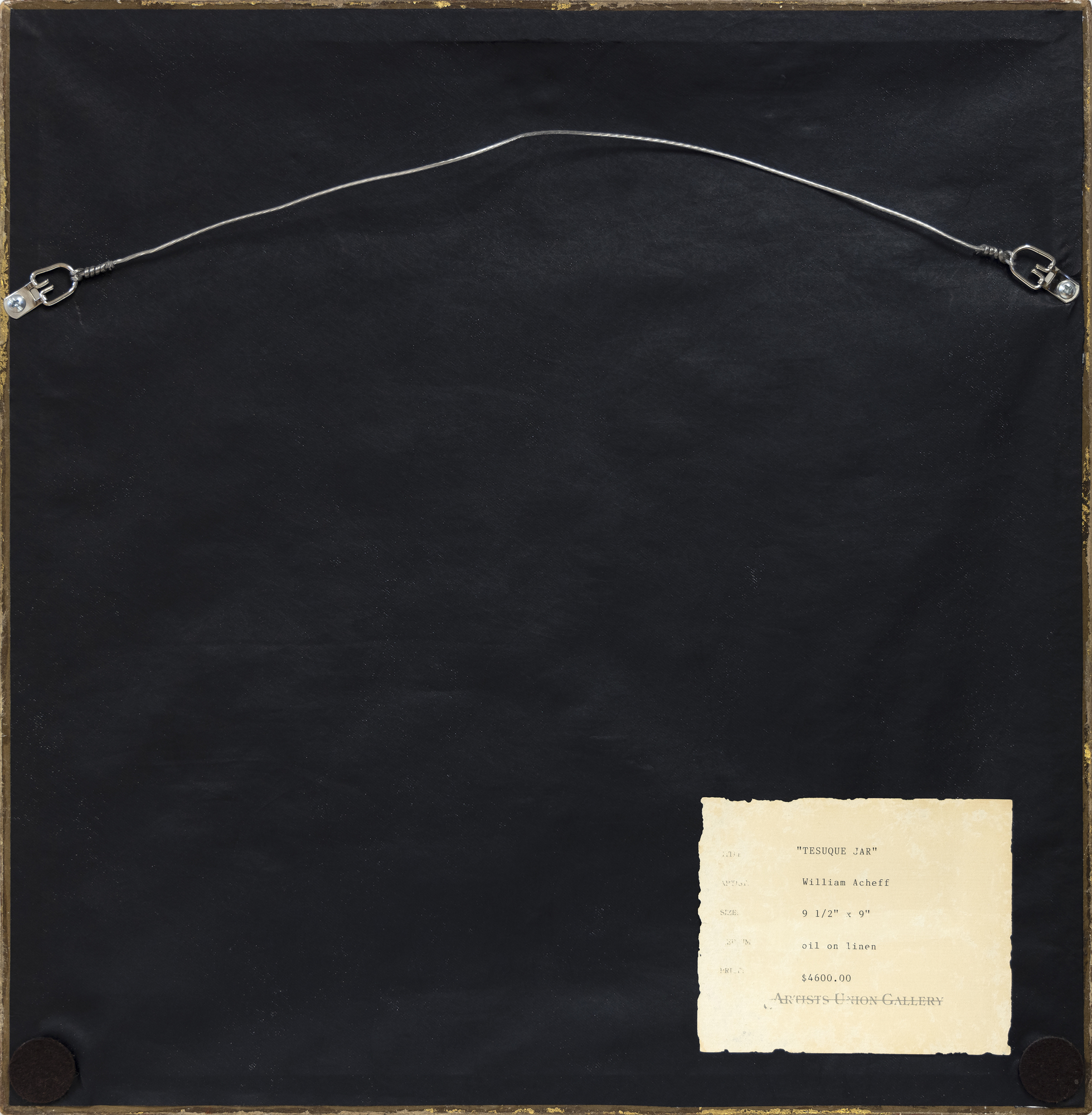
Procedencia
Colección privadaNacido en 1947 en Anchorage, Alaska, Acheff es de ascendencia georgiana, rusa, escocesa, holandesa y alaskano-atabasca. De formación clásica en San Francisco, se trasladó a Taos en 1973 y sigue pintando de esta forma tan característica y reconocida, a menudo mezclando artefactos y tradiciones del pasado con objetos y escenarios contemporáneos.
Tesque Jar evoca una olla de barro del Pueblo de Tesuque, Tesugeh Owingeh ("Pueblo del estrecho lugar de los álamos"), situado en el norte de Nuevo México. Sus tierras ancestrales abarcan la totalidad de O'gah Po'oge (Santa Fe), y la cerámica, en gran parte de finales del siglo XIX y principios del XX, es muy apreciada por los coleccionistas.


